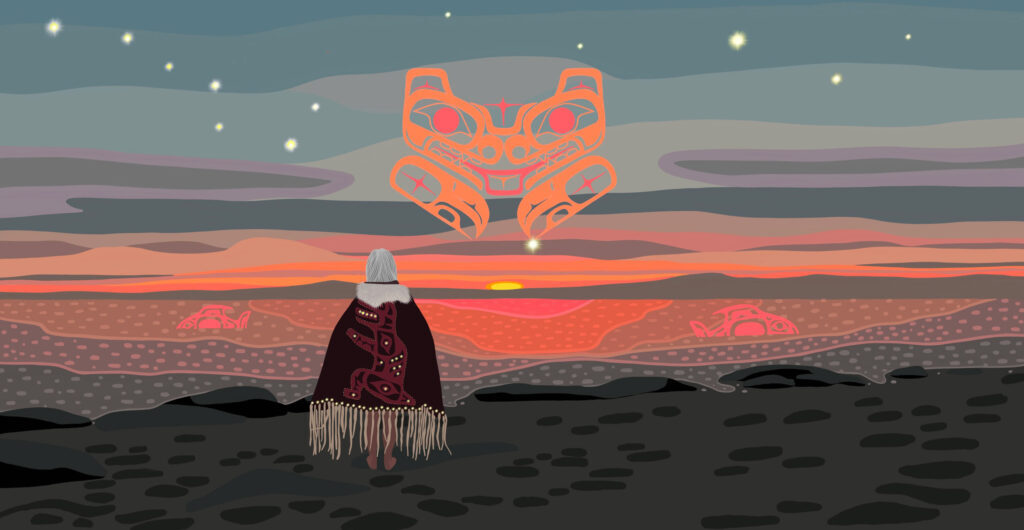In 1876, Canada adopted the Indian Act. The legislation established which Indigenous people were legally recognized through the Indian status system and implemented colonial structures like the reserve system, which restricted First Nations people to lands “reserved” for them to live on, a fraction of their ancestral territories.
The Indian Act still dictates much of Indigenous people’s lives, including many land rights. Only a status “Indian” has the constitutionally protected right to hunt, fish, harvest and live on reserve lands, the last of which is no longer mandatory.
The more status “Indians” there are, in other words, the more people for whom Canada is legally obligated to uphold treaty promises, including to share lands and resources. Which is why, from the beginning, “Canada was very clear that the goal of the [Indian Act] was ultimately to assimilate all First Nations individuals,” Vancouver lawyer Ryan Beaton says.
To expedite assimilation, Indigenous people were pushed to accept enfranchisement, which meant renouncing Indian status in order to gain Canadian citizenship. Although enfranchisement was framed as voluntary, coercive policies outlined in the Indian Act would suggest otherwise. Status holders couldn’t own property off reserve, buy alcohol or vote. Indigenous men were automatically enfranchised if they got a university degree or became priests.
Indigenous women had even less choice regarding assimilation, because of gender discrimination in the Indian Act. If an Indigenous woman married a non-status or a non-Indigenous man, she lost her own status and was no longer recognized as a member of her First Nation. If she married an Indigenous man with status in a nation other than her own, she lost her own status number and band membership, becoming legally recognized through her husband’s First Nation and seen as an entity attached to his status number. And if an Indigenous man was enfranchised, his wife and children lost their status too.


